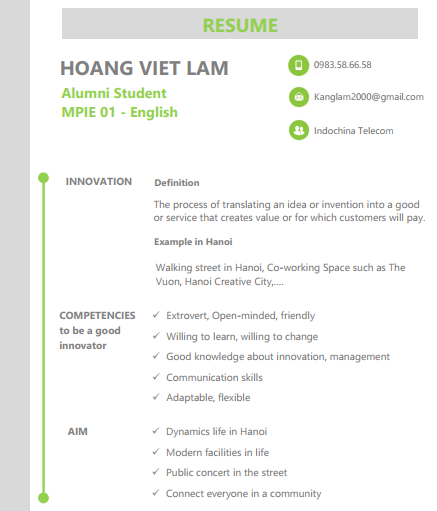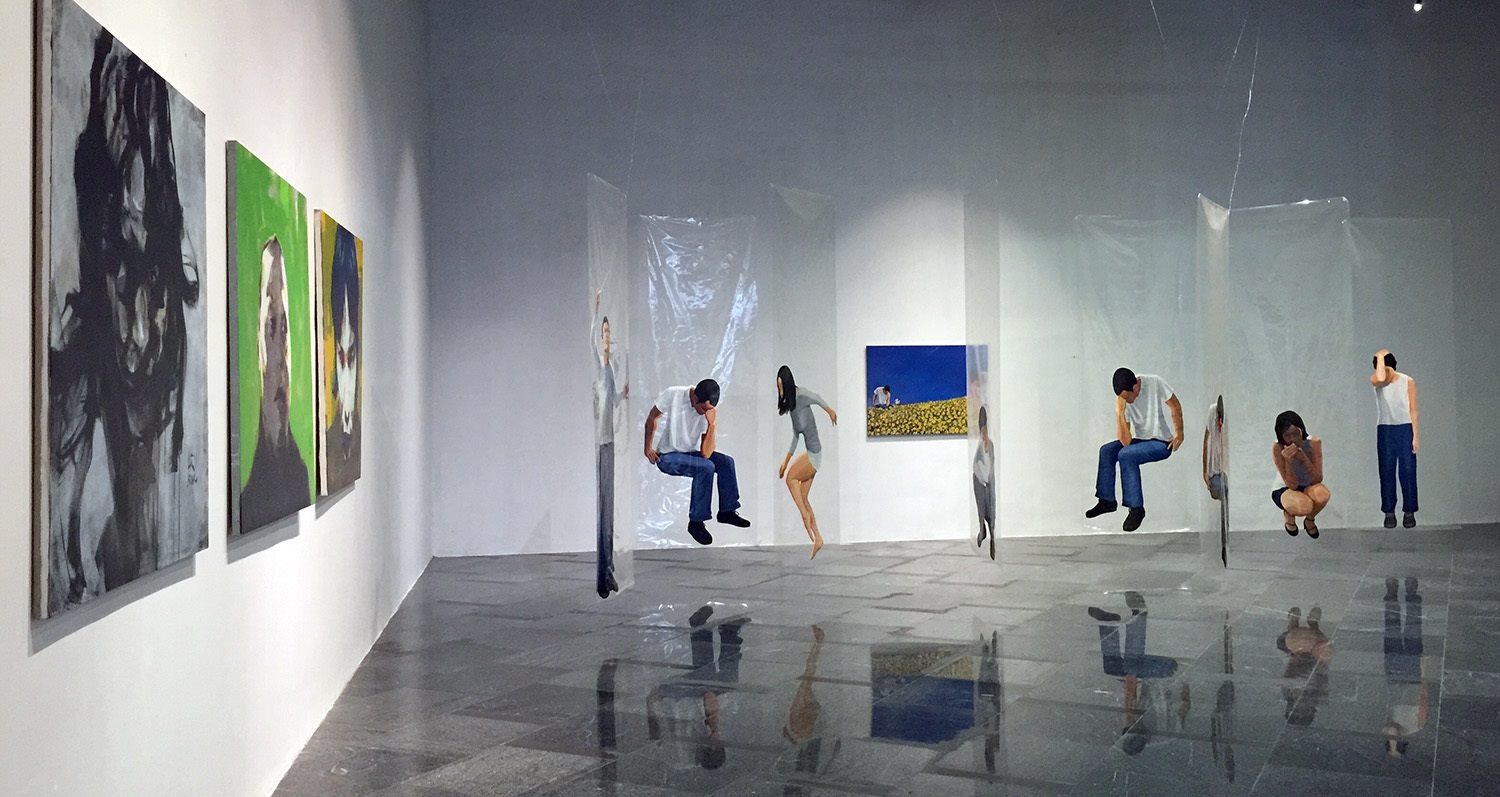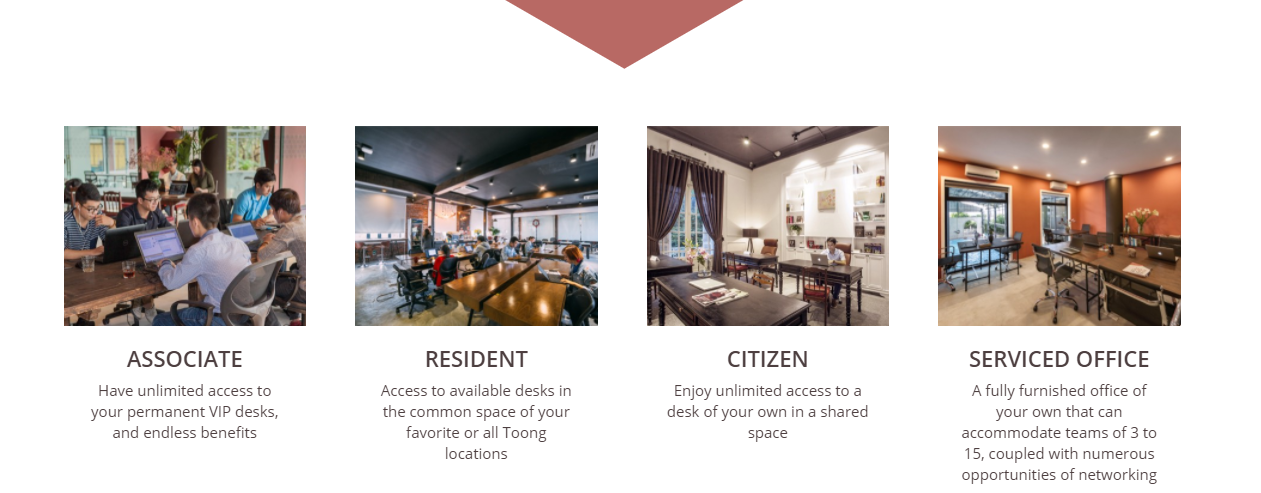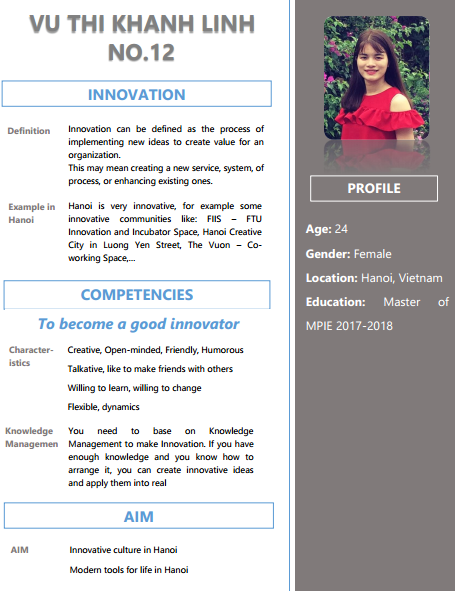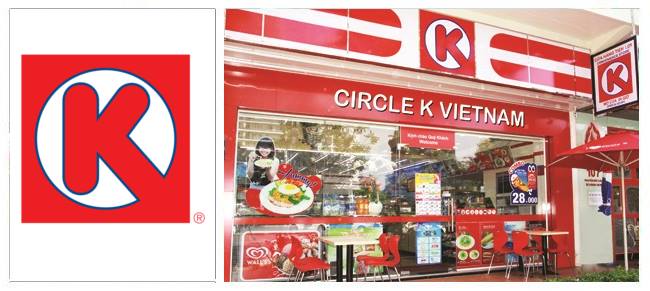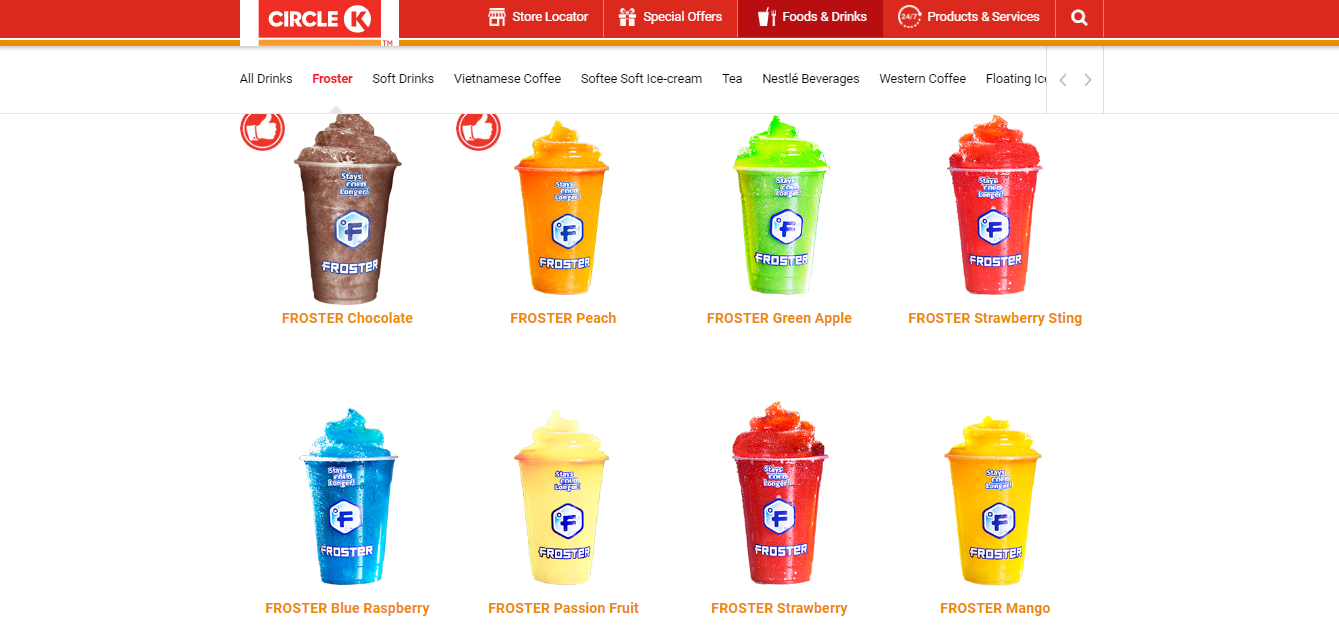Hanoi, 7th September, 2018
My name: Kao Quỳnh Hương My number: 10
First of all, I would like to send my deep thanks to Mrs. Gaelle BRAYER – MPIE 7 project manager who gave me the opportunity to read this document.
When I read the research ariticle “A study of Vietnam and its Marketing Implications” by Durriya H. Z. Khairullah and Zahid Y. Khairullah, I was very surprised by its accuracy and reality. The research showed me that the writer has spent a lot of time and effort to learn about the country, people and marketing activities in Vietnam. From serious and deep research, the author provides marketing information related to 4Ps of the marketing mix to international managers wishing to do business in Vietnam.
Here are some examples of each Marketing Observations and Suggestions Based on Briefings of “A Study of Vietnam and its Marketing Implications”.
- Physical product contents and quality withstand varying
- Since the climatic conditions vary between North and South product contents should withstand these varying climatic conditions. For example, Nestle in Vietnam uses paraffin in their chocolate products to maintain quality of the product due to extreme variations in temperatures. Most people even in the urban areas in Vietnam do not have refrigerators hence physical products in general must contain ingredients to reduce spoilage and maintain product
· Products designed on how they are used by consumers.
- Product should be designed based on how they are used. For example, a car is a status symbol in Vietnam; it is not a major mode of transportation for a majority of the population. Few individuals own cars, but most urban families have at least one or two motor bikes which are the major mode of personal transportation. Bicycles and public buses also serve as major modes of transportation for the general population while rickshaws are common in the rural areas.
· Adaptation of electrical and measurement systems.
- In fact, 80% of countries in the world use 220v voltage, including European countries, Asia, including Vietnam due to higher use. Meanwhile, some countries like the US, Japan use 110v due to historical factors. Vietnam is using 220v power
partly due to the infrastructure built in line with this voltage. Therefore, the companies trading electricity, machines, refrigeration of countries such as Japan when doing business in Vietnam need to change the voltage accordingly.
· Product designs and packages smaller in sizes.
- Product designs and packaging have to be small in size because a majority of the Vietnamese live in small size houses and have limited income. People buy basic necessities in small quantities on a daily basis from small retailers, pop and mom stores, peddlers, and roadside stands. While calculating product pricing macro- environmental indicators must be taken into account so that average Vietnamese people can afford to buy
· Reflections of macro-environmental indicators in product pricing.
- For example, when technology is developed, goods are produced with better quality, better designs and cheaper
· Value conscious shoppers willing to spend time and search for best price.
- Because Vietnamese consumers are value conscious shoppers, willing to spend time looking and negotiating for the best price, global brands can charge higher prices because they are for reflecting quality products. Besides popular cheap items made in the country such as Miss Saigon perfume, famous brands such as Gucci, Channel, … still have a foothold in the Vietnam
· Flexible pricing policy based on bargaining and negotiations by consumers.
- Because Vietnam has a lot of retail stores and Vietnamese people are value conscious shoppers, willing to spend some time searching and negotiating for the best price, so a flexible pricing policy is commonly used. The flexibility is reflected in one type of product, such as Trung Huong Thu Huong cake, Kinh Do, … many prices are suitable for many different customers. Flexibility in price policy is expressed in the same product as oil, milk, …. but different shops / supermarkets have different prices, depending on the construction policy who want to build trust, relationship with the
· Use of more cash than credit cards.
- People in Vietnam buy most products with cash rather than credit cards. Liberal return policies like that of the U.S. are difficult to implement in Vietnam due to the nature of its distribution system. Product warranties, guarantees, and after-sale-services should be considered carefully due to a weak legal
· Weak product safety rules, warranty, after-sales-services, and return policies.
– For example, people on motor bikes did not wear head helmets and even if they were wearing them they were made of poor quality and did not protect them from head injuries that are very common. It was also observed that product safety and work place conditions at several sites visited particularly at the SOEs were not very safe. For example, the safety conditions in a brick factory were virtually non-existent. One work place did not have proper ventilation and workers were spraying chemicals on products. Workers were seen hanging on ropes while working on the high rise buildings. They did not have platforms for support or cranes to lift them. An entire coal mining town was covered with black tar and the atmosphere looked hazy due to presence of air pollution. It was not uncommon to find close proximity between people and their livestock such as chicken, ducks in market places.
· Appropriate use of colors, symbols, languages in packaging, branding, and advertisements.
- Colors such as red and yellow are good to use on packaging and products since red symbolize power and yellow stands for color of the Vietnamese people. Symbols such as a star is shown in promotion and packaging since it symbolizes unity of the nation, the north and the south after the civil war. For example: Green bean cake “Golden Dragon”, moon cake is red as Kinh Do, Huu Nghi,…
- Vietnamese is the dominant and official language spoken by an estimated
- percent of the population, written in English letters with no “f” and “w “sounds and have an “o” or a “hat” on their alphabets. Six is pronounced as “sic” especially in the rural areas. Linguistic experts suggest that there are approximately 85 other languages spoken in Vietnam. Dialectical differences often serve as important symbols of regional identity in social life. Hence care should be taken of these language nuances in developing brand names, labeling, and in promotional strategies. English is the most favored second language and is taught in schools throughout the country. Most residents are bilingual and know either English, French, Chinese. Popular global brands appear on packaging in English and in some cases also in the Vietnamese language. Labeling is in the native language in most This is most clearly seen in the brands of refrigeration, home appliances such as washing machines, televisions from suppliers Toshiba, LG, … previously only English printed on the surface of the device, but now almost All devices are printed in Vietnamese to make it easy for the user.
· Importance of product quality and building positive brand names.
- For example, IT products with high brand value IBM help customers associate high-tech products with a complete positive impact on customers, helping customers effectively interpret and process information. Information about the specifications quickly and better than the same product does not have brand value. The IBM brand value will make customers more confident when purchasing this branded IT product and obviously using the IBM branded product if the customer is satisfied with the quality of the product and service. satisfaction will be increased.
- The Coca-Cola brand is a living proof of this brand value by capturing the huge “brain space” in the minds of consumers around the world creating the Coca- Cola brand with high brand value. the world for many
· Expect product trade mark violations, brand counterfeiting, and smuggling.
- Global brands do face competition coming from domestic manufacturers and substitutes. For example, pharmaceutical companies may face competition from herbal and home-made remedies since the medical system lacks modern equipment and medicine both in rural and urban areas. People grow herbs and use local raw materials to make medicines. In general the laws governing the 4Ps of the Marketing Mix are virtually non- existent hence trade-mark violations, brand counterfeiting, and smuggling of products are not uncommon. It would be a good strategy to work with local and international lawyers to mitigate some of the violations.
· Distribution system dominated by small retailers, hawkers, and peddlers.
- Many urban Vietnamese desire to be traders or business This is reflected in numerous amounts of small stores found in urban areas. Due to physical space constraints and cultural attitudes of people, retailers carry limited and cluttered scrambled merchandise. Hawkers and peddlers are found selling on the streets and some even displaying their products on the ground on sidewalks. It is common to find retail stores below the apartments where some of the retailers’ lived. Small eating stalls are popular where food is prepared and served to people who sit on plastic stools and eat. It is interesting to see a whole line of barbers setting up their shops on sidewalks with small mirror resting against the walls, small plastic stools, and tools. Boutiques selling bridal gowns and enclosed markets selling merchandise are also seen. Particular areas in urban cities house competing retail stores. For example, one street has only shoe stores, another has all furniture stores.
· Line-up of small retailer on streets in urban and rural areas
- In Vietnam, you can easily catch small retailers on the streets in urban and rural areas: grocery stores like miniature supermarkets, street vendors selling vegetables, fruits, furniture items. As soon as you walk around the Hoan Kiem lake in Hanoi, you can easily meet street vendors selling fruits, food, small things such as belts, leather wallets, hats, …
· Limited scrambled merchandise carried by retailers due to physical constraints and cultural attitudes.
- Small retail stores are mostly self-employed, direct sales. They usually place their business where they live so the area is usually small and so the goods are limited. Grocery stores, for example, can be found in every corner of the city as well as in the
· Consumers develop store loyalty and personal relationships with owners.
- Generally speaking, retail outlets in Vietnam are so much more convenient, such as convenient travel, easy shopping, or home delivery to consumers, so consumers can develop loyalty with the store and establish personal friendship with the
· Small quantities of products bought on frequent basis.
- Retail stores are everywhere in rural and urban areas, so the products that small businesses do are essential items for household needs such as cooking oil, milk, nuts, noodles, … these products are often purchased by
· Purchases primarily carried on motor bikes.
- Vietnam road is small, many lane, so Vietnamese people travel by motorbike is mainly. Vietnamese people buy small quantities of goods and carry them on their
· Particular areas in urban areas house competing retail stores.
- Some areas of Vietnam such as the old town, tourist attractions international tourists, where there are many retail stores competing. For example, many silk shops on Hang Gai Street in Hanoi
· Infrastructure lacks modernity.
- Infrastructure in Vietnam is not synchronous, not designed or planned. In Hanoi, you can see many old houses built long time
· Five basic modes of transportation available.
- International marketers can make use of the available five basic modes of However, Vietnam lacks modern freeways, seaports, and airports. Trucks are used as a major mode of transportation on major highways which are congested. The two major rivers, the Mekong River and Red River seem to provide a good means of water transportation. The Ho-chi-Minh city has a good number of sea ports but they are not well connected to roads and they lay idle in some cases. Railroad is also present but at some places it is not completed due to lacking of funding by the government hence caution has to be taken when using this mode of transportation.
· Use of technology limited in some components of physical distribution.
- Since the use of technology even in the urban areas is in its infancy, some of the components of physical distribution like the computer based inventory management system, order processing and technologies used for material handling could be slow in
· Advertising reflect Vietnamese cultural norms and economic progress.
- For example, in magazine advertisements, family members and friends are seen together enjoying popular global brands, high rise modern apartment buildings, hotels, golf courses, gourmet coffee, cars, cameras, holiday resort areas are advertised. The advertisements of Esso, Turkish Airlines, Colgate, Kia, Rolex watches, Korean Airlines appearing on the CNN channel were in English. Anti- slavery advertisements also were broadcast in
· Portrayal of both men and women in positive roles in advertisements.
- In Vietnam, the law does not limit or regulate advertising is only male or female. Both men and women have an active role in
· All available media controlled by government.
- The Vietnamese government controls all broadcast and print media. Therefore it is important to follow advertising regulations and media censorship rules. Internet usage is growing in the urban areas and is subjected to censorship by the government. Although, both international and domestic advertising agencies are not fully developed, it can be beneficial for international marketers to develop good relationships with local advertising
· Television and Outdoor popular media in urban and rural areas.
- Television and Outdoor advertising are popular media in both urban and rural areas and are used effectively with good visual impact. Although television is restricted to a few local channels, which are mostly sports oriented, and in Vietnamese language, some international channels like CNN, BBC, Africa Business, Animal Channel are broadcast. In general it is good to reach the Vietnamese population in their own language. However, for urban populations where most youngsters can speak and read English, English is often used. For instance in Ho Minh City, a television commercial for Colgate toothpaste in English showed a young Vietnamese female advised by a Vietnamese dentist the benefits of brushing with this
· Certain sales promotion tactics may or may not work due to cultural values.
- For example: Clip advertisement “VIM – kill all bacteria” has faced the opposition of the viewer with the image of the woman hit the girl standing next to the swing into the toilet to prove the bacteria was completely clean. This image goes back to the message that the manufacturer made during the advertisement was to highlight the harmful effects of bacteria as well as the need to clean the toilet. Many parents even fear their children will mimic this ad. Instead of responding, Unilever quietly cut off this controversial advertisement in subsequent
- Gloria Jeans’ Coffees (GJC), a women’s 1-for-1 promotion, faces the backlash of online communities as soon as the program launches on social networks. Most of the comments suggest that this is a form of negative publicity, causing a feeling of disrespect for women under 1m65. In response to the netizen’s reaction, the GJC website announced the suspension of the program with apologies. “Thanks to all your sincere comments, GJC’s original idea may not have been understood properly, but because of the negative response from you, the GJC temporarily stopped the program. this submission. Honestly, I’m sorry! “
· General etiquettes of culture, gestures, dress, and food observed at work place and meetings.
- Regarding personal selling it is important to keep in mind that at the work place and during sales negotiations and meetings the general etiquettes of culture, gestures, dress, and food are observed. One has to be polite, patient, cordial, and on time. For example, at the stock exchange people were cool and calm and there was no shouting or chaos. One must know how to address older and younger people and must not call either of them by their first
· Training and retraining of sales personnel important.
- The education system does not provide good opportunities to develop human skills, management can face difficulties in finding and hiring right people with skill and talents in which case it will have to provide good training and retraining programs for its employees. Some Business schools are offering MBA Executive Programs to develop human capital. Some of the business groups are hiring global consulting firms such as BCG, McKinsey for strategy formulations, and are also adopting strategy management
· Important to know who is the boss? Employees listen to superiors.
- Vietnam is a country that traditionally values family values. Educated children must respect parents, elders and teachers. They value loyalty, generosity and hard work. At the same time, the Vietnamese have spent years fighting for independence. Therefore, in the Vietnamese culture, the boss plays an important role and the staff must listen to the boss, seniors and manager to make the final decision.
· Important to develop long lasting personal relationships with co- workers and appropriate personnel.
- The Vietnamese attach importance to the traditional relationship, the collective factors, the community. Therefore, for the job to be favorable, each individual is required to develop long-term relationships with colleagues and business people.
· Work place consists of both males and females.
– Educated females work in both domestic and international companies along with their male counterparts.
· Work place conditions not very safe.
- The study was conducted in 2017 in Phu Tho, Hung Yen and Da Nang. Young farmers working in agriculture are generally not aware of the long-term effects of pesticides. When asked about the risks at work, they usually refer to sharp objects, animals, slipping or stumbling. Meanwhile, young workers working in craft villages point to various hazards, including the use of machines, work tools, sharp objects and battery
· Nepotism and favoritism present in hiring and firing of sales personnel.
- Article 126 of the Labor Code 2012 stipulates that disciplinary action on
the part of employers shall apply in some cases, but the hiring and firing of salespersons is relatively easy and non-compliant. By law, for example, small retail stores often change vendors.
· Use of research methodologies such as focus groups and ethnography. Use of secondary data available for research.
- With regards to Marketing Research, researchers have to keep in mind that they have to take the permission of the country’s communist regime to conduct research including which methodology is to be used and what can and cannot be asked while collecting data. Focus groups are used by international marketers in Vietnam. International marketers can explore the possibility of using ethnographic research to gain in-depth understanding of Vietnamese cultural values and how they live and work. Secondary data on macro indicators are available and are used in research

